Celosia, also known as cockscomb, is a stunning ornamental plant, valued for its colourful inflorescences. It is often used in gardens to add colour and a touch of exoticism, but it is also highly sought after as a dried flower for floral arrangements. If you are growing Celosia in your garden, you may be wondering how to harvest and dry these flowers to enjoy them all year round.
In this tutorial, we will guide you through the steps of harvesting and drying Celosia, so you can preserve the beauty of these flowers and add a splash of colour to your home.
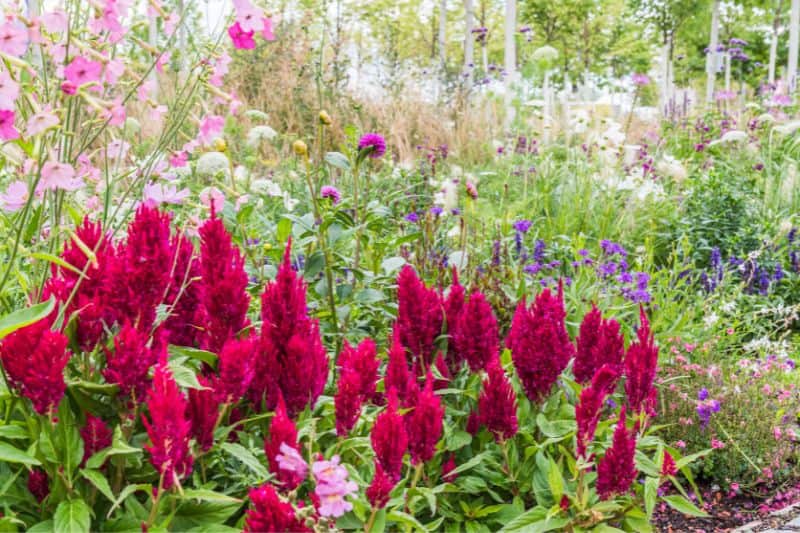
When and how to harvest Celosia?
Harvest Celosia when its inflorescences are fully developed and colourful, typically in late summer or early autumn. It is best to harvest the flowers early in the morning, on a fine day, as this is when they are at their most vibrant. Avoid picking the flowers after rain, as moisture can make drying more difficult.
Use clean, sharp garden scissors or pruning shears to cut the stems to the desired length. Handle the flowers carefully to avoid damaging them.
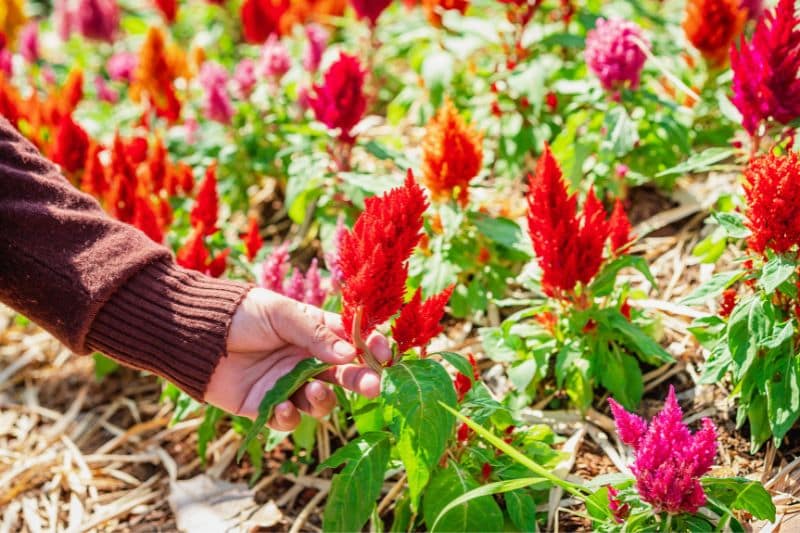
How to dry Celosia?
1- Cut the Celosia stems to the desired length. Ensure you harvest the flowers when the inflorescences are fully developed and colourful.
2- Remove the leaves from the Celosia stems, as they can retain moisture and make drying more difficult.
3- Gather the stems into small bunches of 4 to 6 stems. Use an elastic band or string to tie the stems together.
4- Hang the flower bunches of Celosia upside down in a dry, dark, and well-ventilated place, such as an attic, garage, or cupboard. Ensure the bunches are spaced apart to allow for good air circulation.
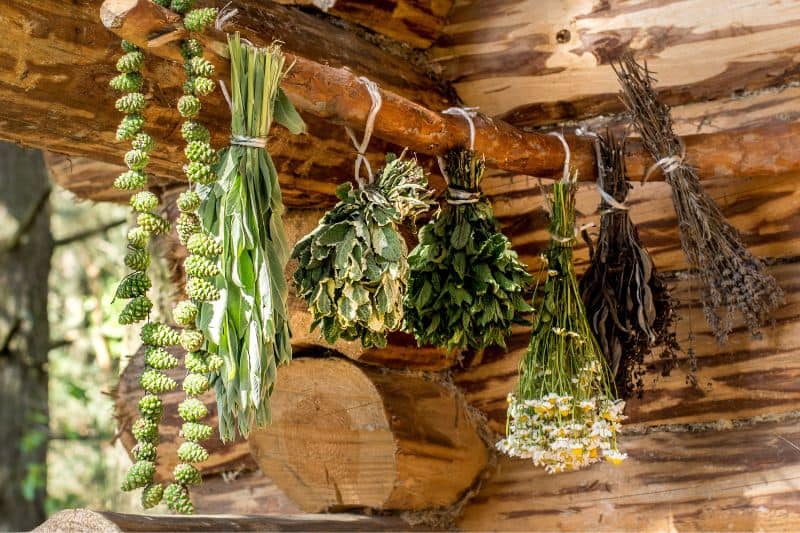
5- Allow the flowers to dry for 2 to 3 weeks, or until they are completely dry to the touch. They should snap under your fingers and not feel damp.
Combining Celosia flowers in a bouquet
A rustic bouquet
Evoking the golden fields of autumn, dried Celosia, with its flamboyant inflorescences, sets the tone. Dried wheat stems recall the harvest, while dried elderberries add a touch of colour and texture. Also consider dried herbs, such as rosemary and sage, to bring a Mediterranean note.
A bohemian bouquet
This free-spirited bouquet showcases dried Celosia, with its textured inflorescences. The feathery flowers of pampas grass or Cortaderia or Pennisetum add volume and a bohemian touch, while the delicate flowers of gypsophila add lightness. Dried ferns complete the ensemble with a delicate texture and a touch of greenery.
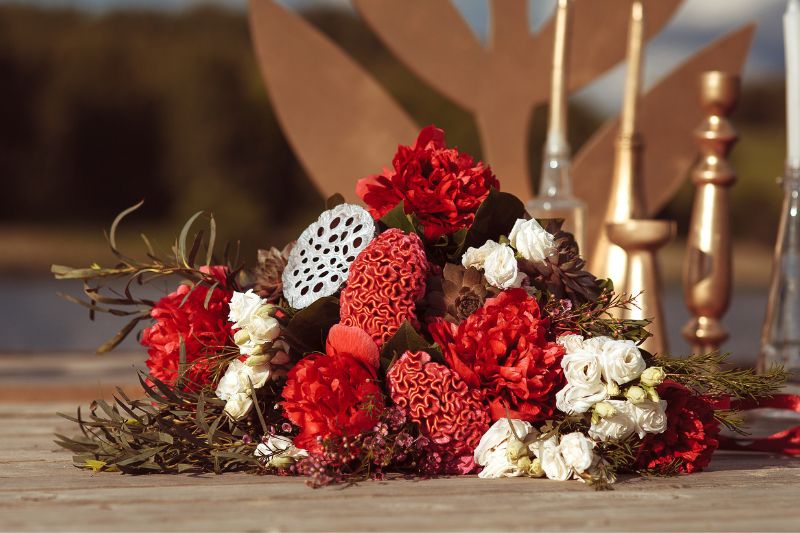
Did you know? Celosia, an edible plant or not?
Among the many varieties of Celosia, some are grown as leafy vegetables in certain cultures, and even as medicinal plants. For example, Celosia argentea is cultivated for its leaves and tender young shoots, which are consumed cooked in various traditional dishes in regions of Africa, Asia, and South America. It is also used in traditional medicine in some cultures. The seeds of this variety also seem to be consumed like grains.
Note: most varieties of Celosia are ornamental. Be sure to check before consuming!
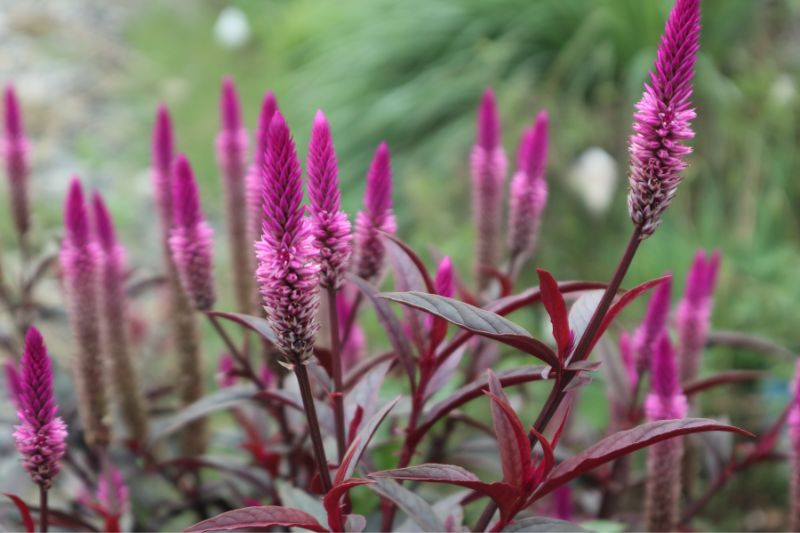































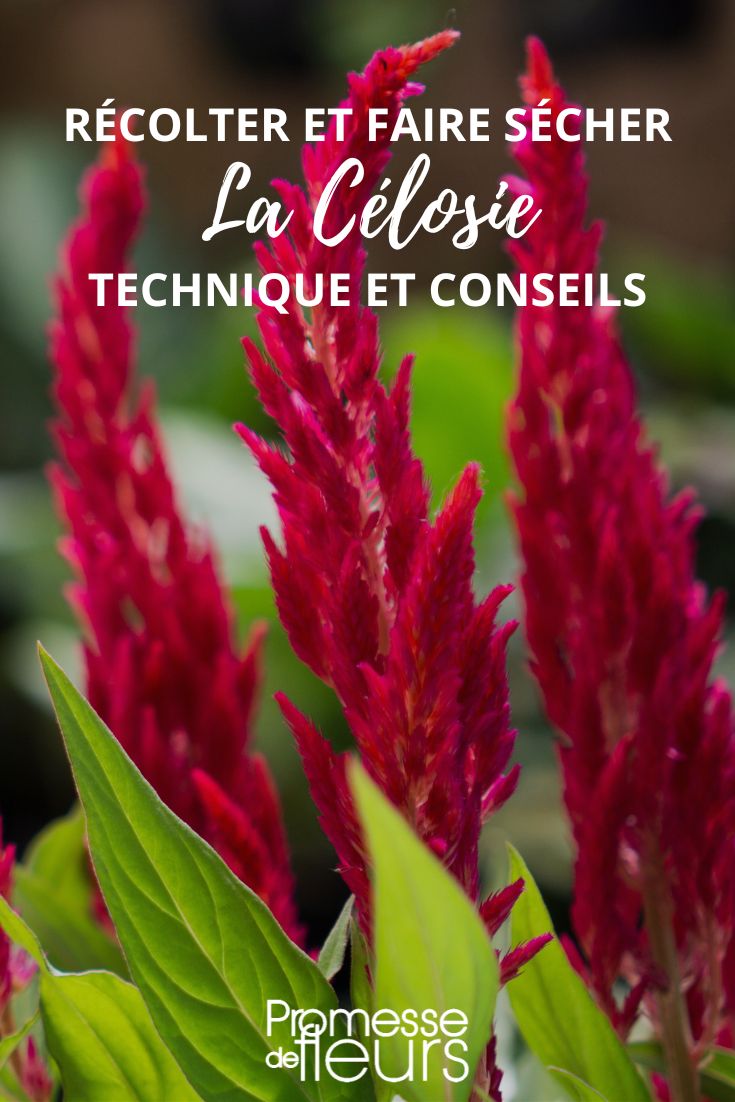
Comments